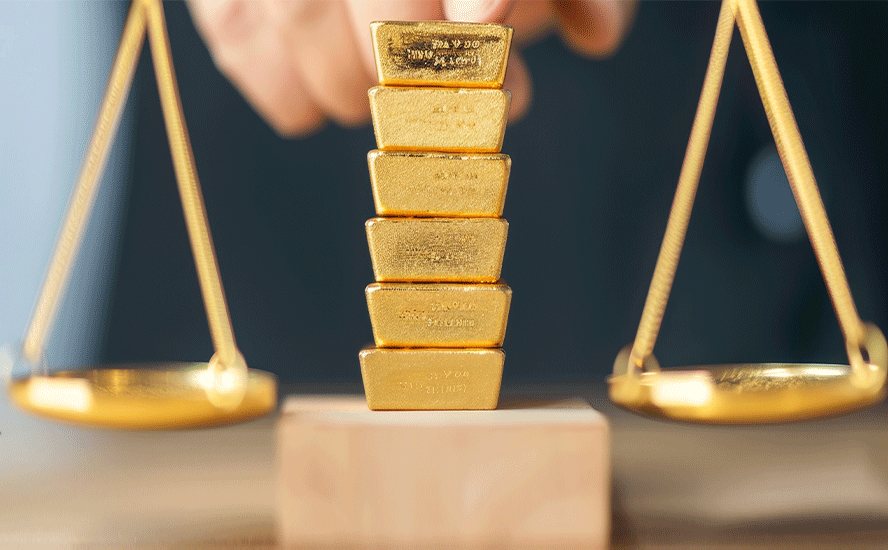What’s Driving the Global Gold Rush?
By Harold James – Project Syndicate
Much of the heightened demand for gold is driven by central banks. China, which had relatively small gold reserves of 395 tons in 2000, now has 2,260 tons. Notably, it increased its stock of gold substantially in 2009 and 2015, which we now know to be watershed years for a world that was becoming more skeptical about globalization. Russia and Turkey, too, started building up massive war chests after 2015, and the same trend is also evident more recently in the European Union, where the Czech Republic and Poland have both been augmenting their reserves.
Security concerns are at the heart of the new politics of gold. When the Czech Republic joined NATO in March 1999, it immediately sold almost its entire gold stock. The message could not have been clearer: a reliable security guarantee obviated any need for a monetary defense. Yet in the last quarter of 2023, the Czech National Bank bought 19 tons, and it has signaled its intention to get that figure up to 100 tons. The message this time is equally clear: NATO membership is not enough. And with its closer proximity Russia, Poland has also made its motivations clear, so much so that the central bank building currently features a giant poster announcing that it holds 360 tons of gold.
Legal Notice / Disclaimer
Ahead of the Herd newsletter, aheadoftheherd.com, hereafter known as AOTH.Please read the entire Disclaimer carefully before you use this website or read the newsletter. If you do not agree to all the AOTH/Richard Mills Disclaimer, do not access/read this website/newsletter/article, or any of its pages. By reading/using this AOTH/Richard Mills website/newsletter/article, and whether you actually read this Disclaimer, you are deemed to have accepted it.




























